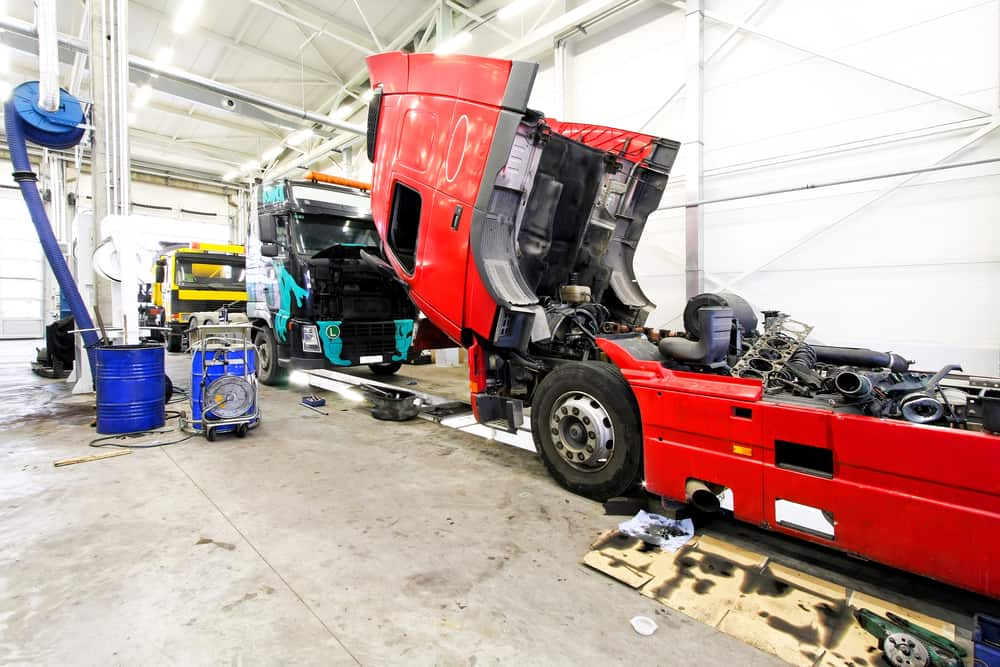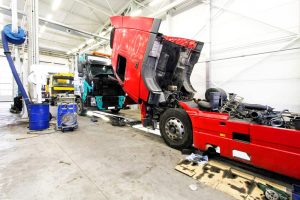Expenses for material handling equipment and other fixed assets are relatively easy to control, but managing labor costs presents a unique challenge. The optimum balance between low cost and high productivity is frequently a moving target.
In addition, today’s shrinking labor pool makes it difficult to retain good workers. Use these tips to manage warehouse labor efficiently while boosting engagement and loyalty.
Automate Repetitive Tasks
While we’re a long way from fully robotic warehouses, there are a number of automated solutions available to handle many repetitive tasks. Automated conveyors, voice-directed picking and connected glasses are just a few of the options that can free employees up for higher-value jobs.
Implement Labor Management Software (LMS)
You probably already use a warehouse management system (WMS), which collects a wide range of data and compiles it in convenient formats. Integrating LMS with WMS offers more robust analysis to make planning and scheduling more accurate.
Establish Incentive Programs
Workers will be more motivated to increase productivity when there are individual benefits at stake. The incentive costs will be more than offset by the positive results.
Conduct Cross-Training
Fluctuating workloads add to the difficulty of managing staffing levels. When employees can move easily between tasks, you’re able to handle ebbs and flows with fewer workers and the variety of tasks will prevent boredom.
Make Safety a Priority
Maintaining a culture of safety demonstrates concern for employee welfare. Make sure workers have high-quality material handling equipment and conduct ongoing training to instill proper procedures.
Material Handling Equipment Designed for Safety
Battery-powered tugs, movers and pushers from DJ Products are designed to reduce the risk of most common workplace injuries. Their efficiency also frees up employees to focus on more important tasks. Contact us to learn more.













